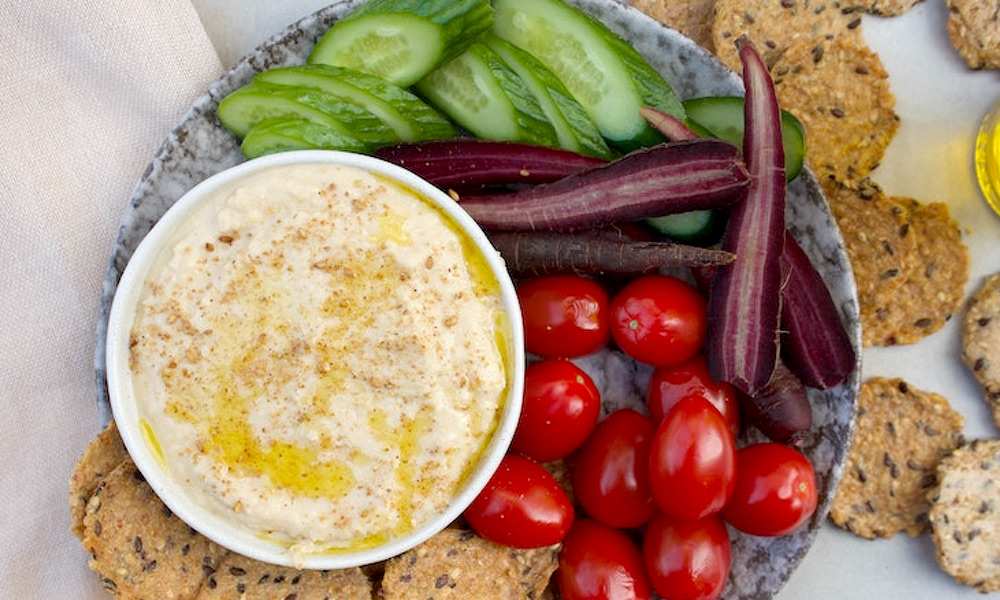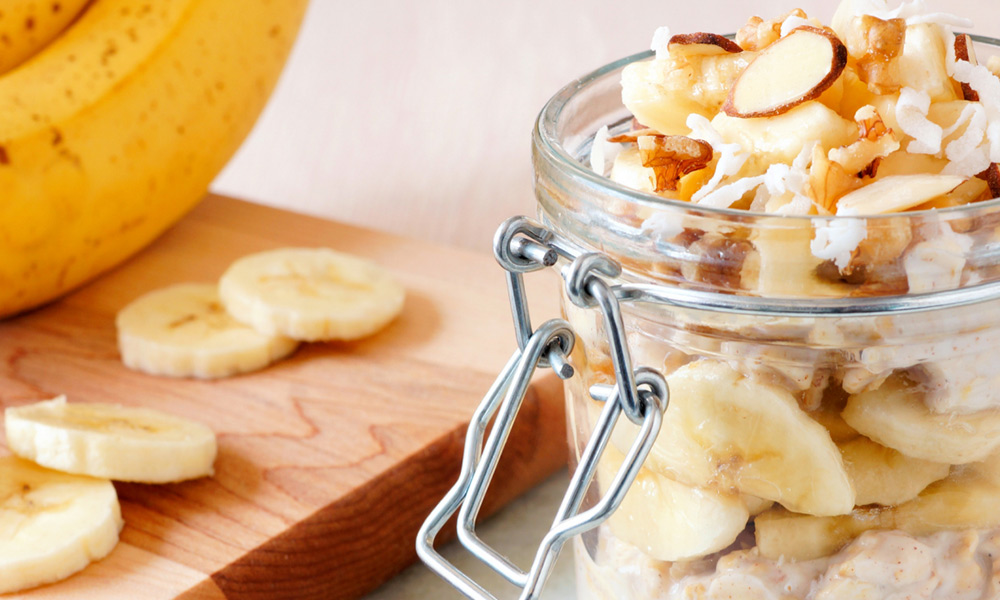Have you heard about the practice of intuitive eating? In discussions of mindfulness, you might have heard the term thrown around. But, what does intuitive eating actually mean? And how can you implement it into your daily routines? In this article, we explore the concept of intuitive eating and discover ways that it could change your perspective on food choices.
What is Intuitive Eating?
Originating in the 1990s, with much earlier roots, intuitive eating is the concept of tuning in to your body to listen to its needs without overly restricting yourself or shaming yourself for what you eat. Unfortunately, as today’s diet culture can sometimes praise restriction or define foods as “healthy,” “unhealthy,” or even “off-limits,” we tend to believe that we can’t trust our body’s natural cues and that we should instead eat only foods that we deem healthy or that are recommended by a trendy diet.
Intuitive eating, on the other hand, follows the idea that your body knows what it needs and can help you make choices that, over time, create a balanced diet with a positive mindset surrounding food. By listening to your hunger cues—eating when you’re hungry and stopping when you feel full—you can get back to listening to your body.
Does It Mean that You Always Indulge Whenever You Want?
Intuitive eating can be misinterpreted as eating whatever, whenever, just because. However, it’s quite the opposite. Instead of picking up whatever food is nearest, eating out of boredom, or eating to fill an emotional gap, those who eat intuitively take the time to be mindful of how their body feels and what will make them satisfied. Though the concept of eating when you’re hungry feels simple, we often snack mindlessly or even follow a strict diet, feeling restricted by what we can and can’t have. Intuitive eating allows us to tune into our hunger cues and feed our body when it needs fuel.
How to Implement Intuitive Eating Principles Into Your Daily Routine
1. Tune Into Your Body’s Cues
When you begin to notice the feeling of hunger, take that as your sign to find a nourishing snack or meal. If you wait too long, your body may begin to feel panicked, and, as a response, you may overeat. Listen closely to your hunger cues to help you identify your body’s natural cadence. Likewise, listening to your body’s cues also means that you look for early signs of feeling full. As many of us feel obligated to eat everything on our plates, it can sometimes take practice to stop ourselves and check in to see if we’re beginning to feel satisfied.
2. Change Your Dieting Perspective
Diet culture tends to categorize foods as good/healthy and bad/unhealthy. In turn, this makes us feel guilty when we eat something that falls into the “bad” category. Instead of policing everything you eat, which can often cause us to feel burned out or abandon our diets, it’s helpful to frame the idea of dieting and health differently. Your worth is not based on how healthy you’re eating and how many “unhealthy” foods you reject. Everything comes with a balance.
Note: A diet plan created by a registered dietician is a wonderful way to improve your health. When we reference challenging diet culture, we are referring to trendy fad diets and the preconceived notion that you should feel guilty for eating certain foods.
3. Reflect on Your Body’s Strength
A significant part of intuitive eating is being grateful for your body and using food to nourish and strengthen it. Your body has carried you through so much over the years. When you find yourself feeling shame or resentment toward your body, try to remember everything you love about it, too.
4. Make Peace with Your Food
As we mentioned, the idea that you are good or bad based on what you eat is not a great way to develop a healthy relationship with your food. In addition, the idea that we can never waste food and must eat everything on our plates, or that we must overindulge when we’re with friends or family, must be challenged. Our relationship with food is learned—through our upbringing and other life experiences—so it’s crucial to check in with your body and get back to the basics.
Are You a Cancer Survivor?
Survivor Fitness works with cancer survivors to help them regain their health and wellness through one-on-one personal training and nutritional support. We walk alongside you to progress your post-treatment recovery, empowering you to take control of your healing journey. Connect with us today to learn more!




